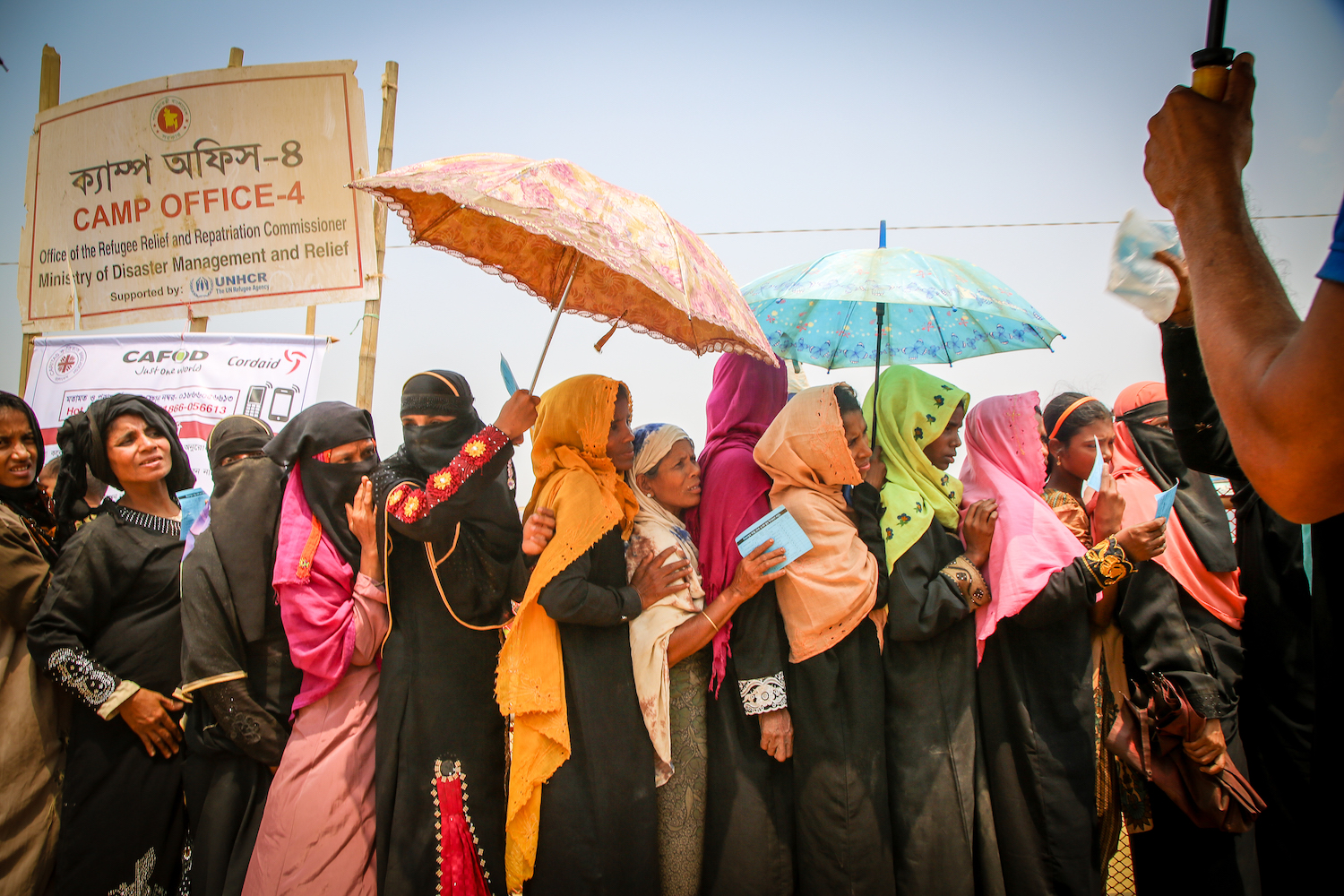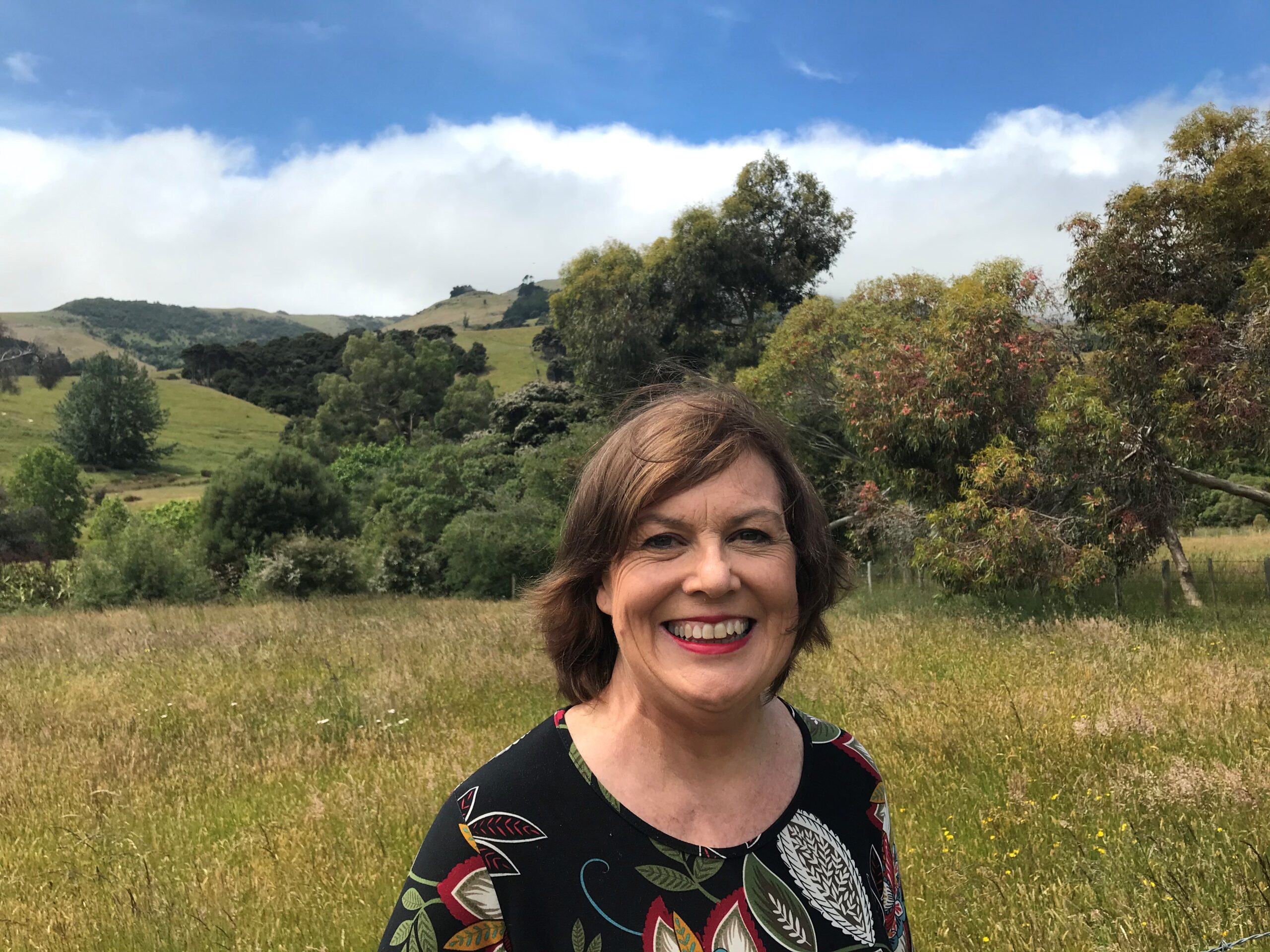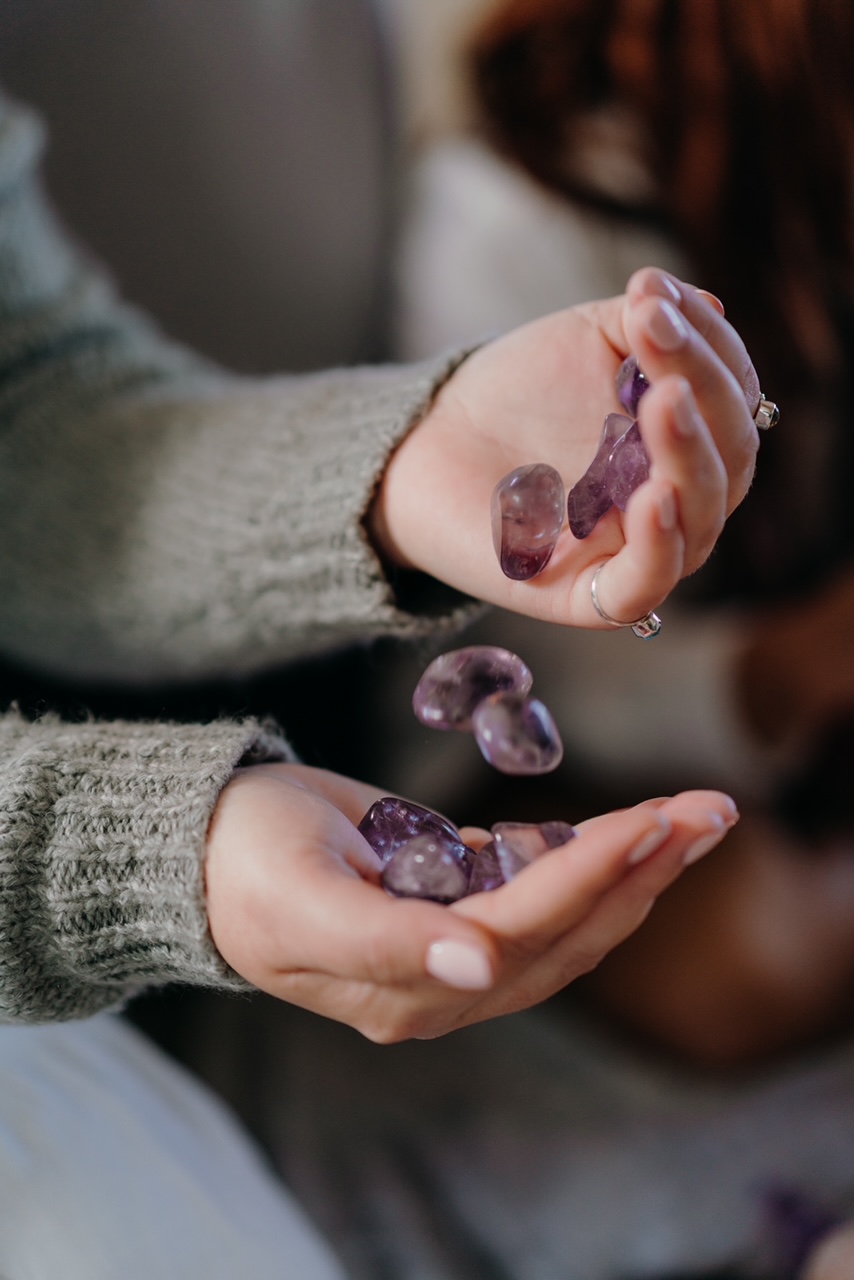The world’s largest refugee camp through the lens of a Kiwi mum of three.
Rohingya, Muslim, Myanmar, persecution and Rakhine State. Those terms and places are so far from my everyday reality as a Kiwi mum to three kids under four. But recently things became personal when I arrived in Cox’s Bazaar in Bangladesh – the largest refugee camp in the world. I spent seven days taking photos and listening to people’s stories for Tearfund.
Most of Myanmar’s population is of the Buddhist religion, but there’s about a million people that live there called the Rohingya, who are largely Muslim, who have been hugely persecuted. Sadly, they have been denied all citizenship rights and are therefore considered stateless. Sick of the restrictions and oppression, a group of Rohingya people attacked police points to show their frustrations. Days later, the Myanmar government retaliated en masse. The Rohingya people were killed, tortured, raped and burned alive. Those lucky enough to escape made the week-long walk or the life-threatening boat ride to Bangladesh’s Cox’s Bazaar.
The refugee camp is tiny, 10 square kilometres. Many New Zealand farms are bigger than that and yet one million people live in this camp. Most of the trees have been cut down for firewood, leaving nothing but a dust bowl. Makeshift tents sit tightly packed on precarious edges of hill after rolling hill, making them vulnerable to landslides during the monsoon season.
There are documented cases of Rohingya girls being sought as child prostitutes and teenage girls being sourced for human trafficking. Everyone I interviewed knew someone that had died in the violence. Many had been raped. Each carried the extreme trauma of having fled their home, losing everything they own and witnessing horrible things as they made the journey. It was a humbling and sobering experience to hear stories like Musafa’s.*
Musafa’s* story
“I decided to leave Myanmar after my husband got shot, my house burnt down and I was sexually assaulted in front of my children. The military came into our house to look for my husband and found him hiding under the kitchen table. They beat him up in front of my four daughters (aged 8, 5, 4 and 18 months old), and then killed him. My daughters watched this and were screaming. They loved their father very much. Even now if we talk about him they start crying. I managed to escape with some of my in-laws and it took us nine days to reach Bangladesh. I remember we were all starving. It is a very terrible life we are passing here. We only receive rice, dahl and oil from the authorities. We used to cultivate our own food in our garden. One of the hardest things for me is not being able to provide snacks for my children. My daughter was crying because she was hungry and wanted snacks. I can’t give them that anymore.”
People really are in a desperate state there; they are not allowed to build a permanent home, not allowed to work, not allowed to send their children to high school, not allowed to even leave the camps. If they choose to go back to Myanmar, the persecution would most certainly continue.
Right now Tearfund’s partner is in Cox’s Bazaar delivering multiple programmes including skills training, English lessons, sewing classes, sports activities, women’s groups and trauma support. Sometimes in this job, words fail me. In which case I choose to focus with photographs. I hope you see what I see.
*Name changed to protect privacy. Visit tearfund.org.nz to donate







